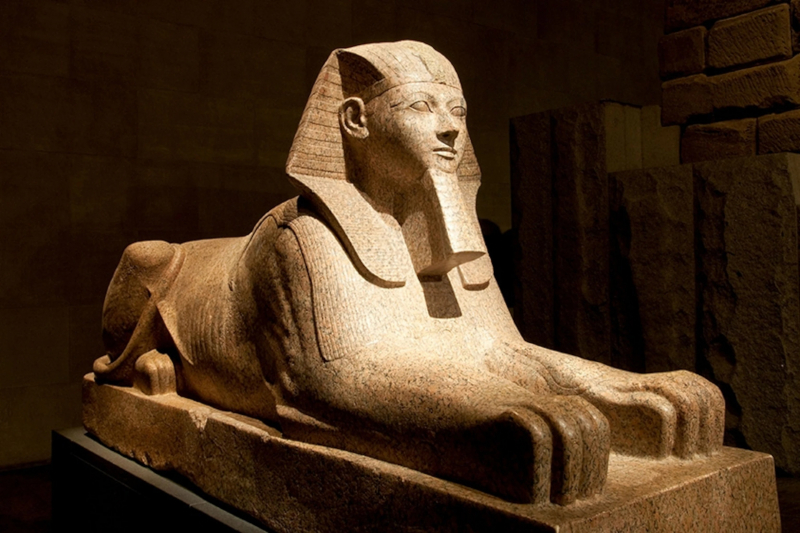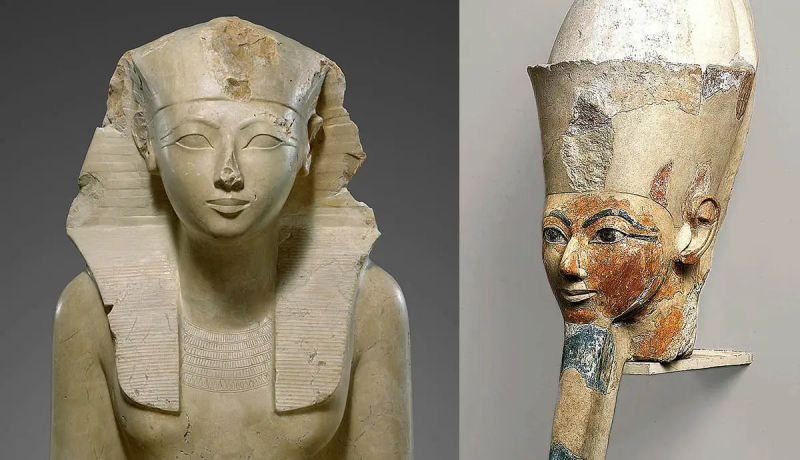Hatshepsut
Hatshepsut carries the title of the most successful female pharaoh to the throne of Egypt, the most famous ancient Egyptian pharaoh. As the fifth ruler of the 18th dynasty of Egypt, Hatshepsut reigned from 1478 BC to 1458 BC. As the wife, daughter, and sister of a king, Hatshepsut was not only of royal blood but also inherited the art of ruling from her royal family. Although the status of women in ancient Egypt was very high, female pharaohs were rare. After her husband's death, Hatshepsut ascended the throne and reigned for more than 21 years. She accomplished so much more than many other pharaohs could have done during their reigns. From initiating countless construction projects to establishing trade routes with foreign countries, everything went smoothly, and the people enjoyed peace under her government.
Hatshepsut cemented her legitimacy as pharaoh by claiming that her mother was visited by the god Amon-Ra while pregnant with her, thus signaling her divinity. She held the role of the pharaoh and proved a skilled ruler, re-establishing important trade routes and overseeing long periods of peace. She personally led the army on at least one occasion, and she sent a large trading expedition to the land of Punt. Hatshepsut is renowned as one of the most accomplished builders in Egyptian history.
- Duration of reign: 1478 BC – 1458 BC












